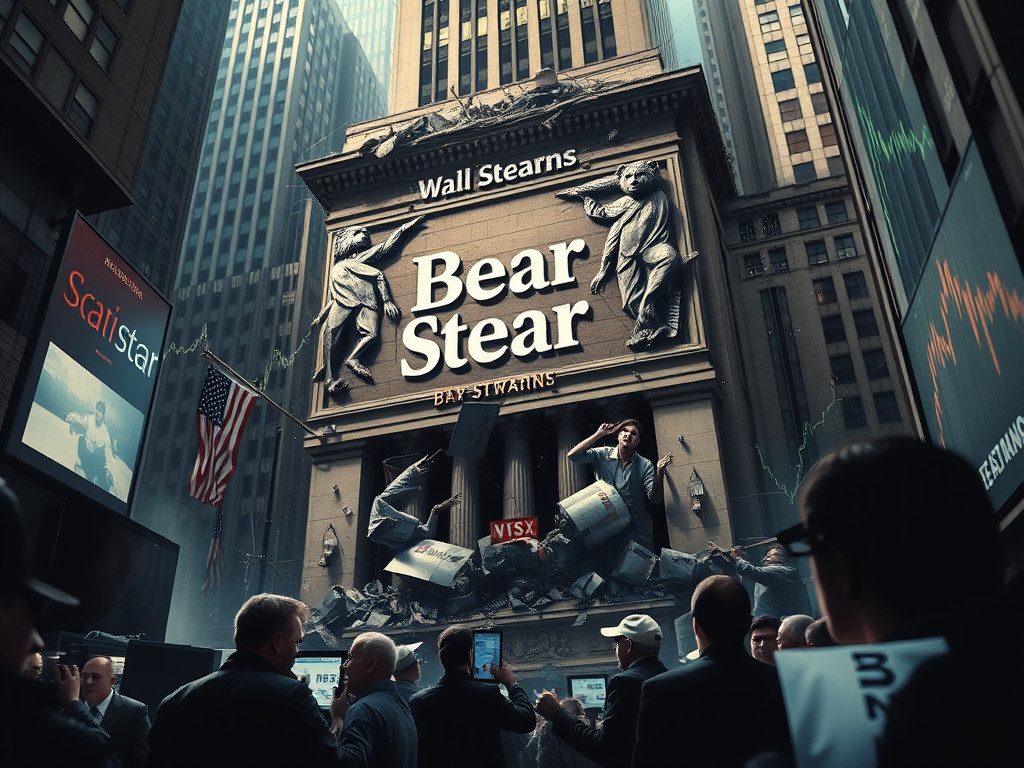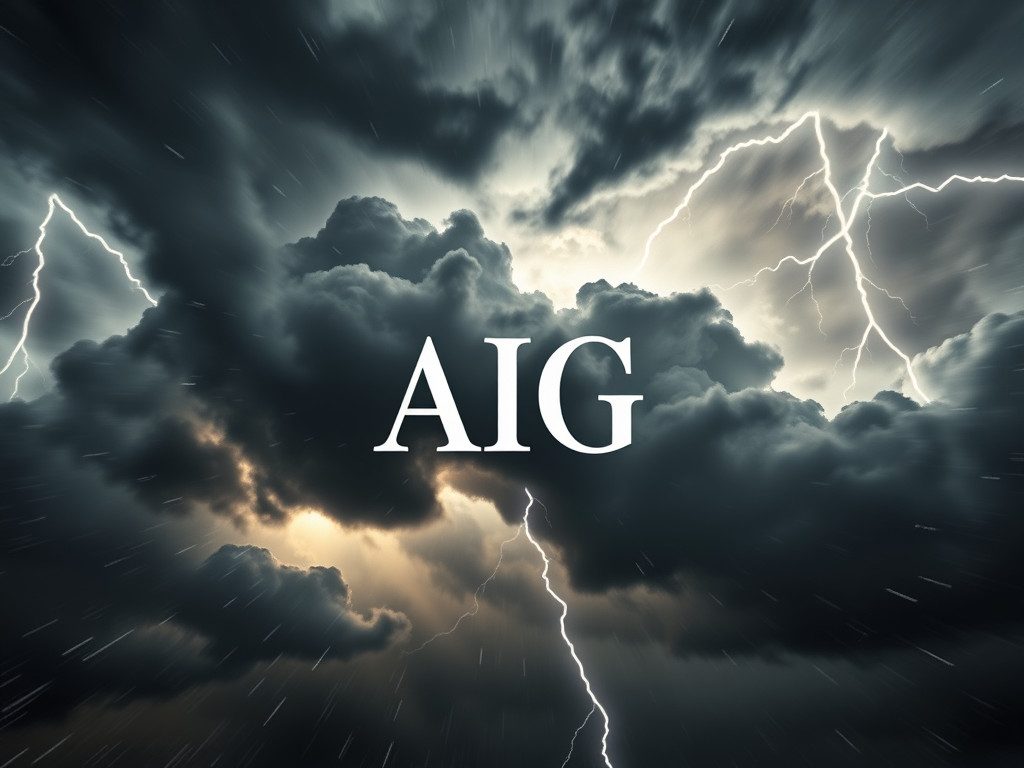Bear Stearns – The First Domino of 2008

The Risk Manager’s Diary – Day 06
Today in my world of risk, let’s talk about: The moment Wall Street realized confidence can vanish overnight.
I still shiver when I think of March 2008. It was the moment the crisis truly began. The name on everyone’s lips was Bear Stearns1 — a storied investment bank, nearly a century old, suddenly brought to its knees in less than a week.
The Bank Everyone Knew
Bear wasn’t a household name like Goldman Sachs, but on Wall Street, it was feared and respected. Known for its aggressive trading culture, Bear had made a fortune in mortgage-backed securities and hedge fund financing. It thrived on leverage and the repo market2, rolling over billions every day.
Confidence Cracks
But by early 2008, whispers began. Bear’s hedge funds had already imploded months earlier. Its exposure to subprime mortgages was deep. Lenders grew uneasy. In March, the rumors spread like wildfire: “Bear is in trouble.”
In banking, rumors can be fatal. Within days, clients pulled billions in cash. Repo lenders demanded more collateral3 or refused to roll their loans. Bear’s liquidity evaporated almost instantly. It was not insolvent on paper, but in practice, it was finished.
The Weekend Rescue
By Friday, Bear was on the brink. Over the weekend, the Federal Reserve brokered a shotgun marriage: JPMorgan would buy Bear Stearns for just $2 a share (later revised to $10). For a firm once worth $20 billion, it was humiliation in slow motion. Employees watched decades of wealth vanish overnight.
The Risk at the Core
Bear’s collapse wasn’t about bad accounting or hidden fraud. It was about confidence. The moment the market stopped believing Bear could survive, the liquidity disappeared, and survival became impossible. This was a pure lesson in liquidity risk and reputation risk — the twin forces that can destroy even a solvent-looking firm in days.
Closing Diary Note
When I recall Bear Stearns, I don’t see balance sheets. I see the faces of traders realizing their empire had been erased by whispers and withdrawals. Bear taught us that liquidity is trust made visible — and when trust goes, liquidity goes too. That was the first domino, and the world never looked the same again.
Footnotes
1. Bear Stearns — a U.S. investment bank founded in 1923, collapsed in March 2008 and sold to JPMorgan at a fire-sale price.
2. Repo (repurchase agreement) — short-term borrowing where securities are sold with an agreement to repurchase them the next day, a critical source of liquidity for investment banks.
3. Collateral — assets pledged to secure borrowing; if counterparties lose confidence, they demand more collateral or refuse funding.
Tracked terms: Bear Stearns, liquidity risk, reputation risk, repo market, collateral, funding crisis, 2008 crisis.



